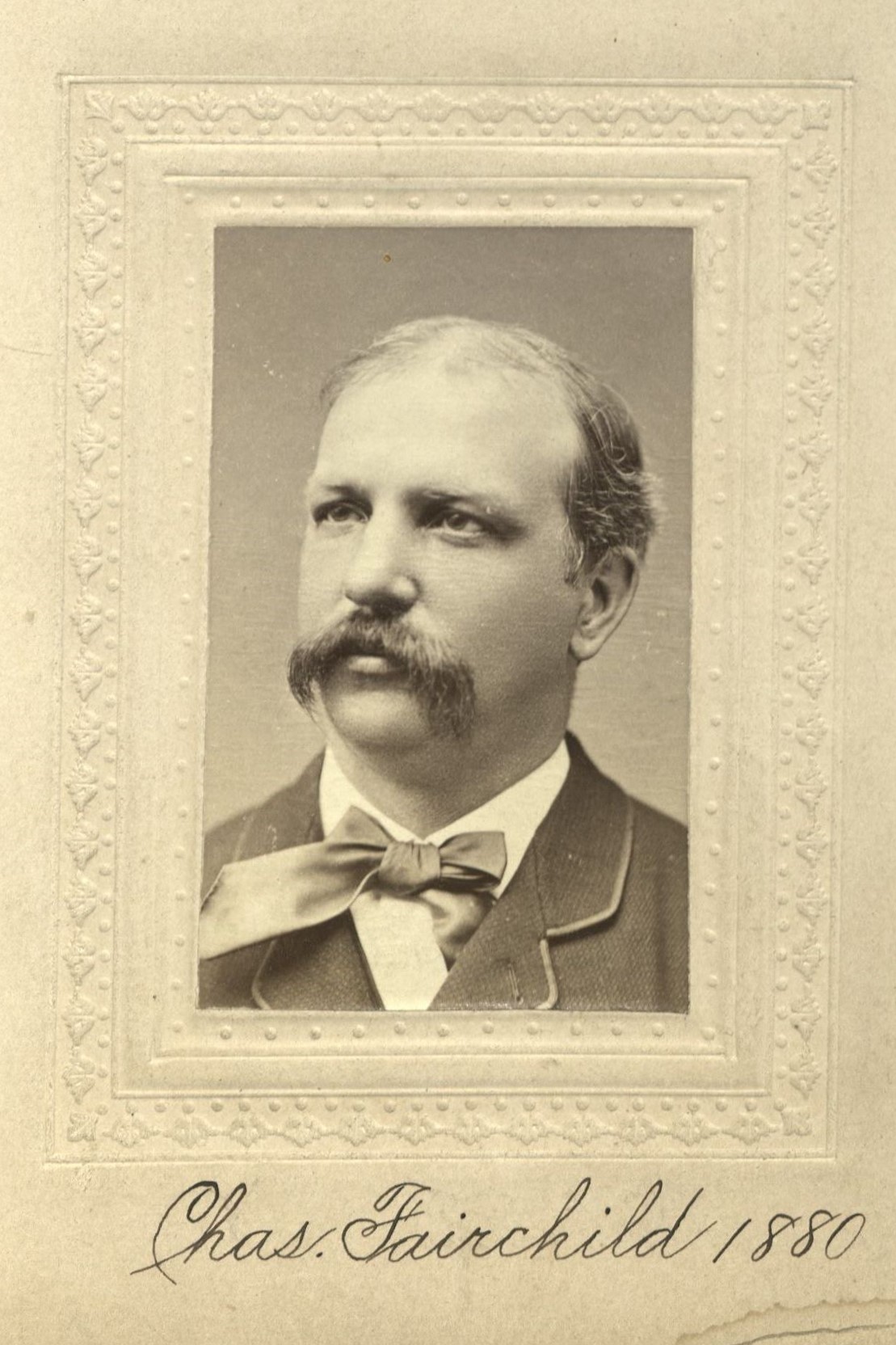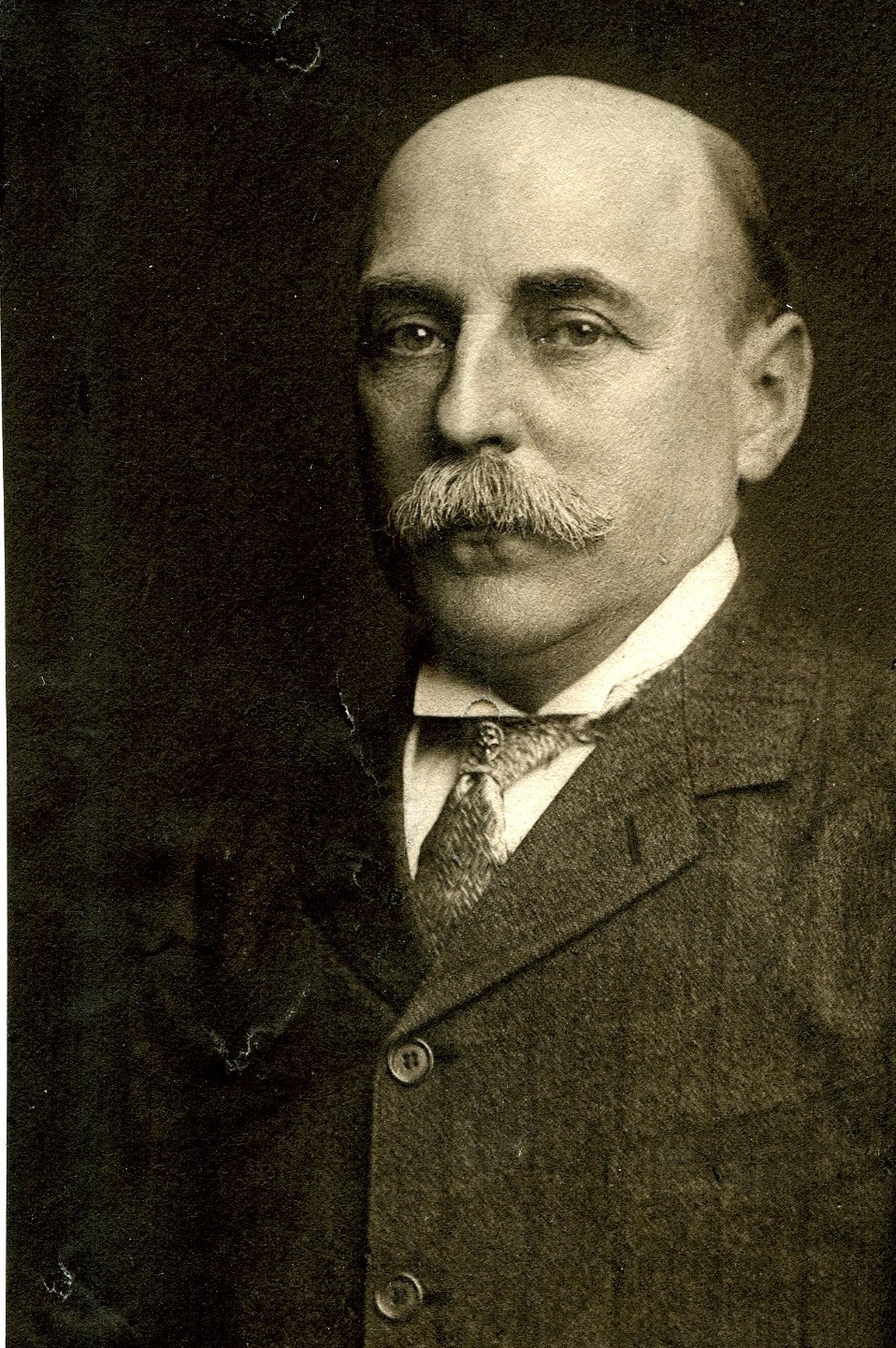Member Directory,
1847 - 1922
John Singer Sargent
Artist
Centurion, 1898–1925
James Carroll Beckwith and William Walton
Florence, Tuscany, Italy
London, England
Age forty-two
Brookwood, Surrey, England

Century Memorial
One day in 1874, when the pupils of Carolus Duran had gathered in the old studio on the Boulevard de Montparnasse to await the arrival of the master, a knock caused a youthful pupil near the door to open it, whereupon he was confronted with a gray-haired gentleman, accompanied by a tall, lanky youth, portfolio under arm. The old gentleman explained that he personally thought his son’s artistic efforts good enough to qualify for the studio; so he had brought him. Centurions or future Centurions have a way of meeting on all occasions and in all kinds of places. On this occasion it was Carroll Beckwith who opened the door to the lanky youth, and the lanky youth was John Singer Sargent. Duran, it seems, commented affably on the pencil and water-color work in the boy’s portfolio; the other pupils, when the master had withdrawn, assured the newcomer (doubtless with a certain condescension) that his début had been promising. Nowadays everybody knows what it promised.
One of Sargent’s fellow-artists and fellow-Centurions, hearing Isham’s judgment, years ago, that Sargent would rank as probably the greatest painter of portraits since Gainsborough, replied to the critic that he had missed the mark; that Sargent would certainly in the course of time rank with Velasquez and Franz Hals, and that his works would hang by the side of theirs in the great museums. The prophecy has been fulfilled already, and with its fulfillment Sargent seems to be passing into the atmosphere of myth and legend which surrounds the artistic personalities of the Seventeenth Century. The story of the family doctor who had failed to discover what was the matter with his patient but who instantly diagnosed the malady from Sargent’s portrait of her, the tales of Sargent turning his back impatiently on talk or company which did not please him or refusing to enter a group in which he thought his pictures might be discussed, are of the kind which usually come down from another age. Perhaps Sargent’s long absences from his native country, his exceedingly close preoccupation with his art, give excuse for these imaginings. Undoubtedly, too, as every critic of his pictures has declared, Sargent possessed some intuitive perception which enabled him to grasp his sitter’s mental phases. He was also, beyond dispute, occasionally regardless of conventionalities; when, for instance, as narrated by a friend and fellow-artist, he was quitting his studio suddenly for a more or less protracted absence and left for his chargé d’affaires a package of letters and telegrams with the memorandum, “Open and answer as you think advisable.”
But for all this, there is plenty of testimony to Sargent’s very human side. A delightful companion, one of his old-time artist friends recalls him; always courteous, always the polished gentleman, yet natural and simple in manner, genuinely enthusiastic about all the arts. His studio, so another of them wrote from London a quarter of a century ago, is always open to sociable groups. The presence of companions or visitors does not disturb him even when at the easel; he seems, indeed, to work without exertion in his moments of intense activity. When his models were resting, another remembers, Sargent would fill up the time by strumming on piano or guitar. Still another recalls a summer at the Lygon Arms in Worcestershire, when Sargent after dinner sat for hours at the piano, interpreting the Wagnerian scores which had deeply aroused his interest. There were, it is agreed by other fellow-artists, very few evenings when the artistic group congregated in Millet’s studio at Russell House that Sargent was not at the instrument.
But even personal reminiscence is obscured by the sense that the Century has been in a far-off yet intellectually intimate affiliation with one of the very great masters in the history of painting. After all, the presence of Sargent on our roll has much the same meaning as if Rembrandt had strolled in for an afternoon talk at the Club with the artist group, or Titian had suggested the arrangement of the picture exhibit, or Murillo had sent a word of appreciation for his fellow-Centurion’s good wishes.
Alexander Dana Noyes
1926 Century Association Yearbook
Related Members
Member Directory Home-
 Edwin A. AbbeyArtistCenturion, 1897–1911
Edwin A. AbbeyArtistCenturion, 1897–1911 -
 Gifford R. BealArtistCenturion, 1913–1956
Gifford R. BealArtistCenturion, 1913–1956 -
 James Carroll BeckwithArtistCenturion, 1895–1917
James Carroll BeckwithArtistCenturion, 1895–1917 -
 Raymond M. CrosbyArtistCenturion, 1916–1945
Raymond M. CrosbyArtistCenturion, 1916–1945 -
 Charles FairchildBanker/MerchantCenturion, 1880–1910
Charles FairchildBanker/MerchantCenturion, 1880–1910 -
 Samuel IshamArtistCenturion, 1893–1914
Samuel IshamArtistCenturion, 1893–1914 -
 Francis Davis MilletArtistCenturion, 1884–1912
Francis Davis MilletArtistCenturion, 1884–1912 -
 William WaltonWriterCenturion, 1892–1915
William WaltonWriterCenturion, 1892–1915



